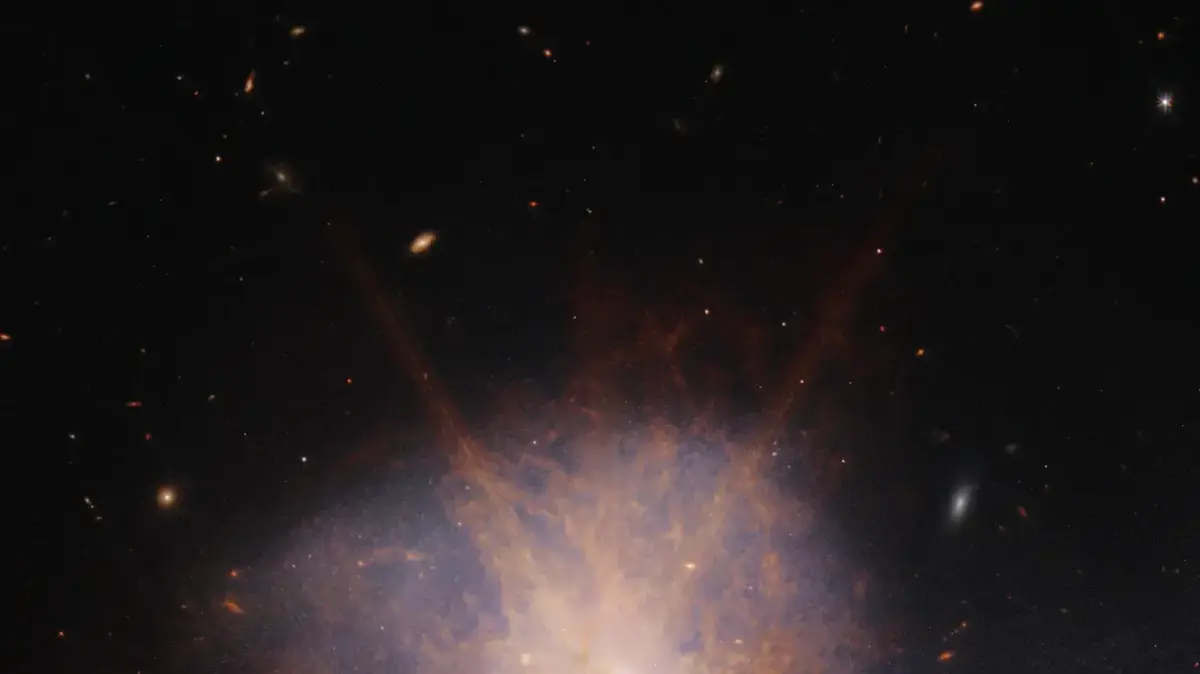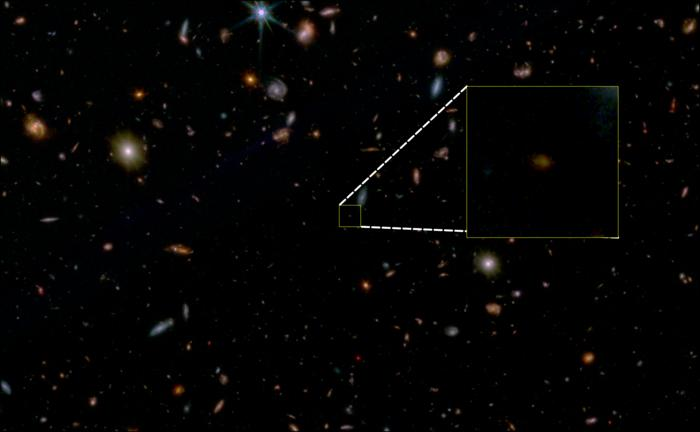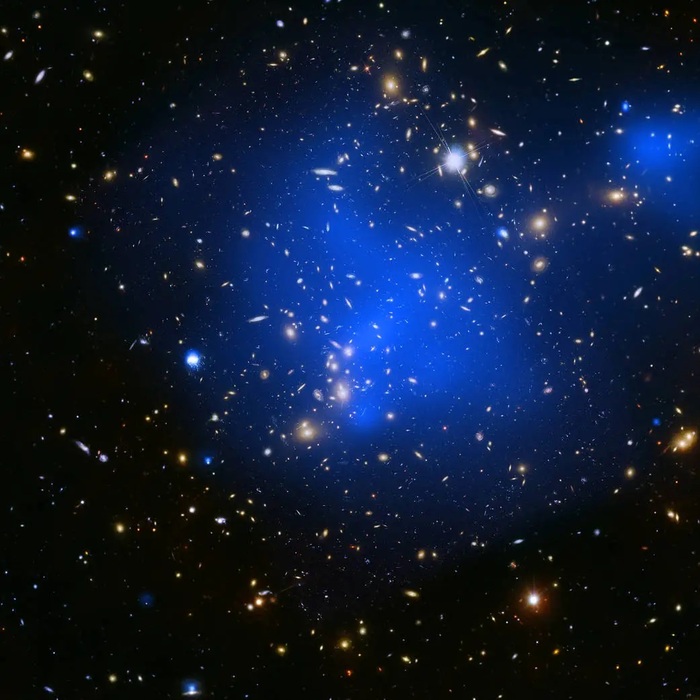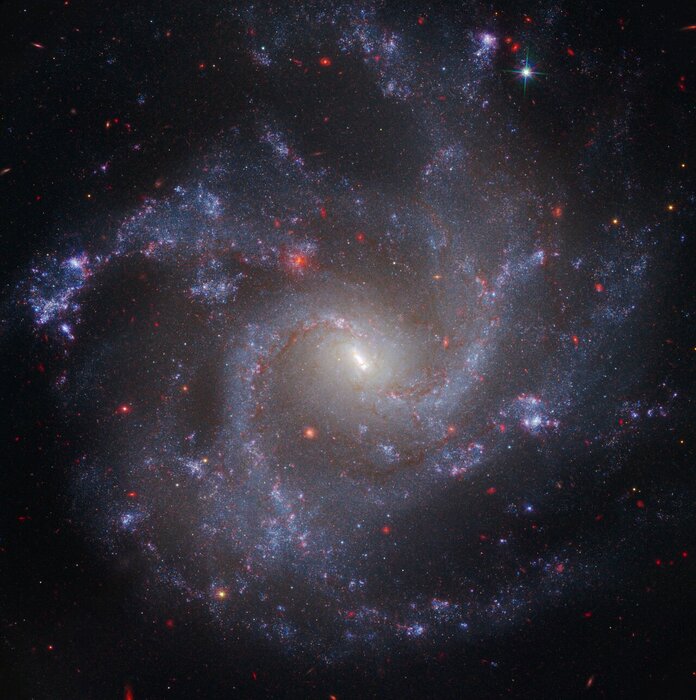The two spiral galaxies ARP 220 (Photo: NASA, ESA, CSA, STScI, Alyssa Pagan (STScI))
We have already told you before about spectacular photographs that the Webb Space Telescope recorded in the depths of the universe, and now it does it again, with another image that is out of this world, literally.
This time he recorded a merger of two spiral galaxies called ARP 220. The two galaxies that are in the process of merging glow in the infrared range that Webb studies, and of course they caught his attention and the attention of the researchers.
It is a super bright galaxy in this field, and we are talking about a brightness for example higher than our galaxy, which shines with a light equal to about ten billion suns.
So ARP 220?
Brighter than her - like a trillion suns.
ARP 220 is located 250 million light-years from us, in the Serpentine cluster, and bears the number 220 in the Helton Arp catalog of unusual galaxies (hence its name).
The spectacular collision recorded by Webb began 700 million years ago, igniting a burst of star formation: about 200 huge star clusters reside in a dense, dust-filled region about 5,000 light-years across (about five percent of the diameter of our Milky Way galaxy).
But the amount of gas in this small area, for all the gas in our entire galaxy.
Radio telescope observations have discovered the remnants of dozens of supernovae, while the Hubble Space Telescope has discovered the cores of the parent galaxies that formed ARP 220, with the distance between them being about 1,200 light years.
Each of them has a ring on a pivot and emits bright infrared light, which creates the rays you see in the picture.
At the edge of the galactic union, Webb detected ripples of material being pulled out of the galaxies by gravity, evidence of a collision still taking place.
The spectacular image above was taken with Webb's NIRCam and MIRI devices.
technology
Tags
James Webb
galaxies









/cloudfront-eu-central-1.images.arcpublishing.com/prisa/PA5TT2ZCYBDNLEAREMUPESRVOM.jpg)